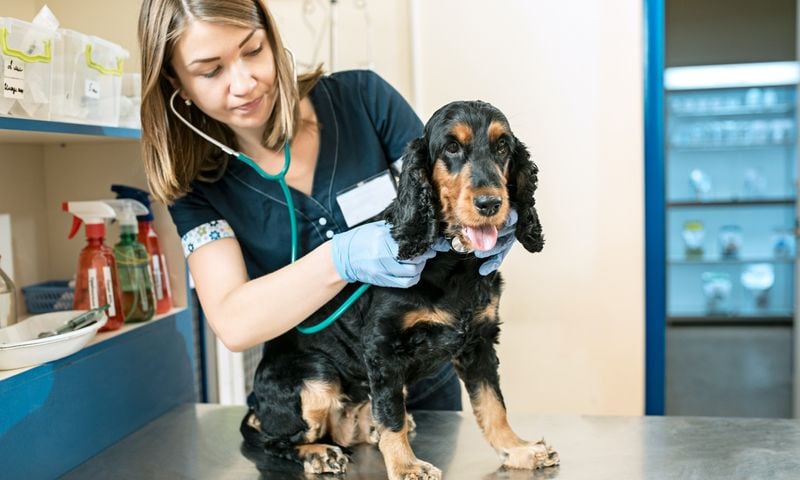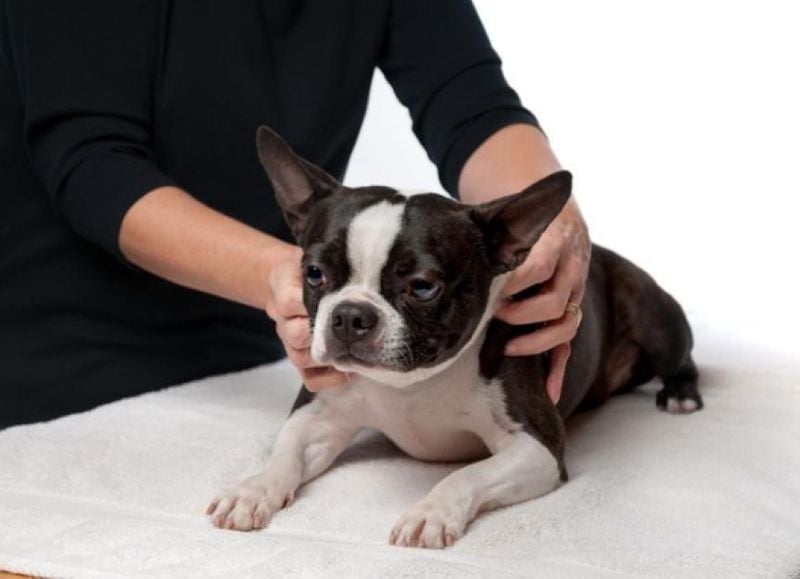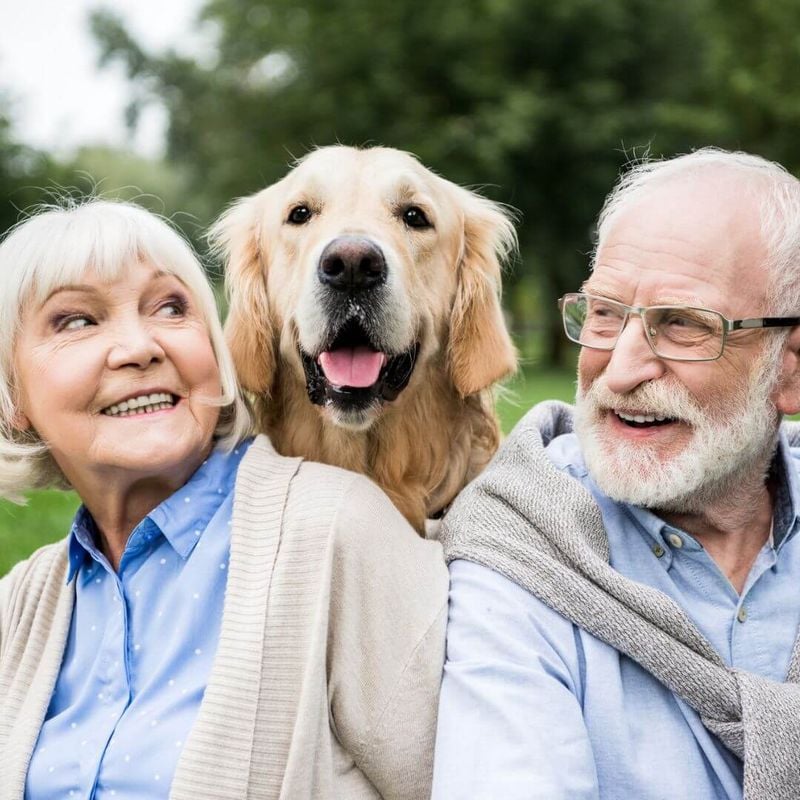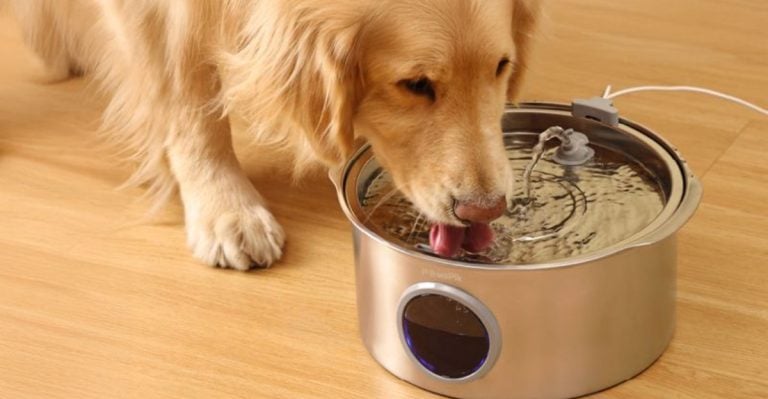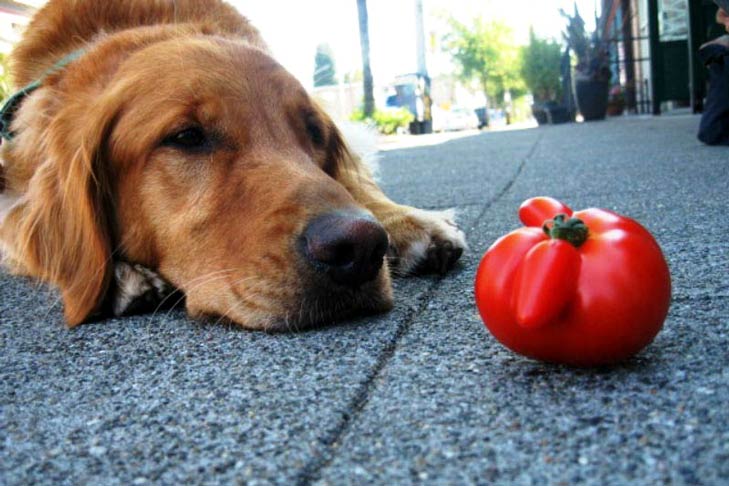Help Your Old Dog Stay Young: 15 Vet-Approved Tips
Getting older doesn’t mean slowing down—at least not entirely. If you’ve got a senior dog at home, you already know they’re just as full of love and loyalty as ever.
But maybe they’ve started moving a little slower, taking longer naps, or greeting you with slightly fewer zoomies. That’s normal with age, of course—but it doesn’t mean your dog can’t still feel young, happy, and energized.
The truth is, our dogs give us the best years of their lives. The least we can do is return the favor by helping them enjoy their golden years with comfort, confidence, and a little tail-wagging joy.
Whether your pup is just entering their senior stage or already enjoying those cozy retirement vibes, there’s so much you can do to keep their body strong, their mind sharp, and their spirit full of life.
From small daily routines to easy diet upgrades and brain-boosting games, these changes don’t require an overhaul—just a bit more intention and love. And trust us, your dog will feel it.
This guide shares 15 thoughtful, vet-informed, and heart-centered ways to help your senior dog feel like their younger self again. It’s about more than just adding years to their life—it’s about adding life to their years.
Because no matter how gray their muzzle gets or how gently they now climb onto the couch, your dog still deserves to feel like the same spirited pup they’ve always been.
1. Keep Them Moving with Daily Walks
Just because your dog’s getting older doesn’t mean it’s time to hang up the leash. Regular walks help maintain muscle tone, joint flexibility, and a healthy weight—all essential for staying spry.
Keep things easy-going: stick to familiar paths, let them sniff around, and go at their pace. Even a slow 10-minute walk can work wonders for their mobility and mood. The movement also helps stimulate their mind and digestive system.
2. Introduce Puzzle Toys and Brain Games
Your senior dog still loves a challenge—just the gentle, mentally stimulating kind. Puzzle toys, snuffle mats, and food-dispensing games engage their brain and prevent cognitive decline.
Try hiding treats in different spots or teaching a new trick (yes, old dogs can learn them). Brain games build confidence and reduce anxiety. Keeping their mind active can make them feel younger than they look.
3. Switch to a Senior Dog Diet
As dogs age, their metabolism slows and their bodies need different fuel. Senior dog food is typically lower in fat, higher in fiber, and packed with joint-supporting nutrients.
Look for options with omega-3 fatty acids, glucosamine, and antioxidants. These can support heart health, reduce inflammation, and keep your dog feeling more vibrant. Always consult your vet before switching foods.
4. Stay on Top of Vet Visits
Aging dogs are more prone to developing conditions like arthritis, kidney disease, or dental problems. Regular vet visits—ideally twice a year—help catch issues early.
Prevention is key. Your vet might suggest bloodwork, mobility checks, or diet adjustments. Staying ahead of health changes means you can keep your dog feeling better, longer.
5. Massage and Stretching Sessions
Senior dogs often deal with stiffness or sore joints, and a gentle massage can bring real relief. Just five minutes of petting and slow circular motions can improve circulation and ease discomfort.
Stretching is equally beneficial. Carefully extending limbs or encouraging slow full-body stretches helps maintain flexibility. These moments also double as calming bonding time.
6. Elevate Their Sleep Situation
A cozy, supportive bed is essential for aging joints. Orthopedic or memory foam beds reduce pressure points and help dogs sleep deeper and more comfortably.
Keep the bed in a quiet, draft-free area that’s easy to reach. Consider raised sides for extra support or heated beds for colder seasons. Sleep matters more than ever now.
7. Adjust Their Environment
As dogs age, everyday obstacles become tougher. Slippery floors, steep stairs, or high furniture can lead to injury or strain.
Add non-slip mats, pet stairs, or ramps to their favorite spots. Keep essentials—like food, water, and beds—within easy reach. These changes remove barriers that might hold them back.
8. Add Joint Supplements
Even if your senior dog seems fine, joints wear down with age. Supplements like glucosamine, chondroitin, and MSM help lubricate joints and slow cartilage breakdown.
Omega-3 fatty acids, particularly from fish oil, also reduce inflammation. Ask your vet about appropriate dosages. Starting early can prevent stiffness from setting in later.
9. Keep Their Weight in Check
Extra pounds make joint pain worse and increase the risk of diabetes and heart disease. Monitor your dog’s weight closely and adjust portions as needed.
Stick to healthy treats (think carrots or apple slices) and measure food accurately. Combine proper diet with daily low-impact exercise for the best results.
10. Groom Them More Gently
Senior dogs often develop more sensitive skin and less tolerance for rough handling. Use softer brushes and pay attention to any lumps or skin changes during grooming.
Baths should be warm, not hot, and as stress-free as possible. Grooming isn’t just for looks—it helps with hygiene and is a great chance to spot health concerns early.
11. Keep Their Mind Social
Dogs thrive on connection, even as they age. Loneliness can lead to anxiety or even cognitive decline. Continue to engage them with family time, visits from friends, or playdates with other mellow dogs.
Social stimulation helps maintain confidence and keeps spirits high. Just be sure the social time is calm and positive, not overwhelming.
12. Stick to a Steady Routine
Older dogs do better when life is predictable. A steady routine helps reduce anxiety and confusion, especially if cognitive decline is beginning.
Keep meals, walks, and bedtime consistent. Predictability makes your dog feel secure and relaxed—key ingredients to aging gracefully and happily.
13. Monitor for Subtle Changes
Senior dogs are experts at hiding pain or discomfort. It’s up to you to notice the quiet signals—like eating less, sleeping more, or seeming hesitant to jump or climb.
Subtle shifts can be early signs of bigger issues. The sooner you act, the more options you have for managing your dog’s comfort and longevity.
14. Engage in Low-Impact Play
Just because fetch looks different now doesn’t mean it’s off the table. Soft toys, slow-paced tug-of-war, or even gentle indoor games keep your dog active and happy.
Stick to short sessions and always watch for signs of fatigue. Playtime keeps their mind sharp, body moving, and heart full of joy.
15. Shower Them with Love
Affection is timeless. Your dog may not sprint to the door like they used to, but your touch, voice, and presence still mean the world.
Extra cuddles, belly rubs, and gentle words do more than warm their heart—they strengthen the bond that’s kept you together all these years. And love, more than anything, keeps them young.




